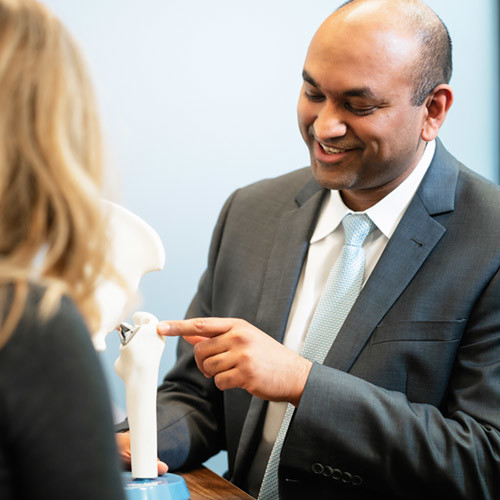Hip Arthroscopy
Hip arthroscopy is a minimally-invasive surgical procedure in which a small camera is inserted through an incision in the hip. The camera, which displays an image of the inside of the hip joint on a video monitor, is used by a surgeon to help diagnose some hip conditions and guide surgical procedures. The small size of the arthroscope, and the surgical instruments used, allow the surgeon to perform the procedure through several small incisions.
Although it is less frequently performed than shoulder or knee arthroscopy, hip arthroscopy has been regularly performed for many years. It is performed by orthopaedic surgeons who have undergone specialist training in hip arthroscopy.














